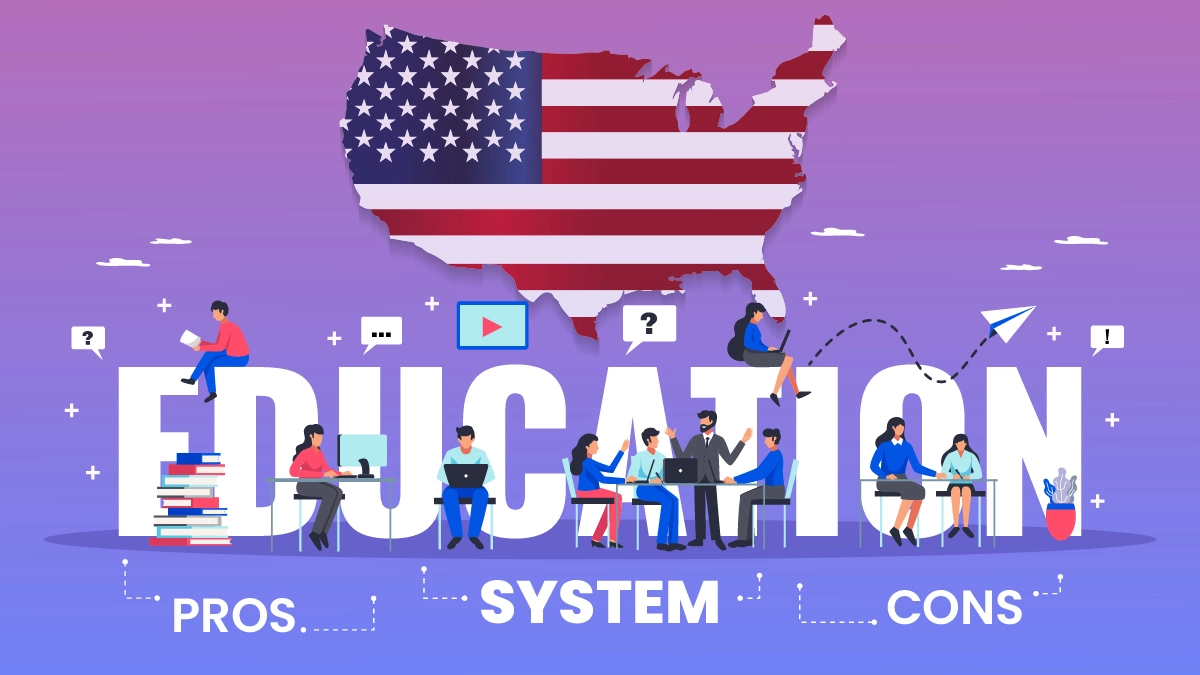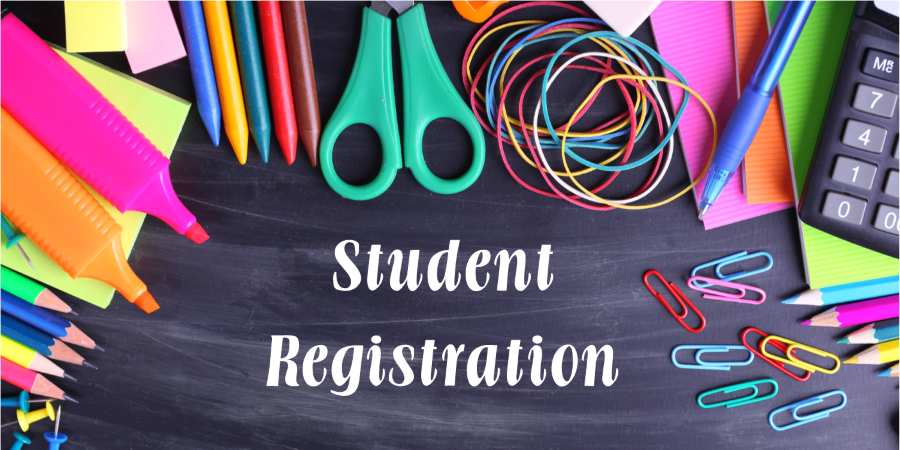
US education system
An introduction to US education system
Name: Own Teacher
Email: info@ownteacher.com
Created At: 08-11-2023
The U.S. education system is a complex and diverse framework that encompasses a wide range of educational institutions, from early childhood education to higher education. Here's a comprehensive explanation:
Early Childhood Education: Early education in the U.S. includes pre-school and kindergarten, which is not compulsory but highly encouraged for children aged 3-5.
K-12 Education: Compulsory education typically begins at age 6 and lasts through high school (grades K-12). Students attend public or private schools and follow state-approved curricula.
Public vs. Private Schools: The U.S. offers both public schools (government-funded) and private schools (independent and tuition-based) at all levels.
Curriculum and Standards: State education boards determine curriculum and standards, leading to variations between states.
Higher Education: The U.S. has a robust higher education system, including universities, colleges, and community colleges, with diverse programs and degrees.
College Admissions: College admission processes often require standardized tests (like the SAT or ACT) and application essays. Selective colleges may have competitive admission criteria.
Accreditation and Degrees: U.S. higher education institutions offer degrees such as associate, bachelor's, master's, and doctoral degrees. Accreditation ensures the quality of education.
School Choice: Parents can often choose their child's school, which includes public, charter, private, and homeschooling options.
Education Policies: The federal government and state governments influence education through policies on funding, standards, and reforms.
Education Funding: Funding for public schools primarily comes from state and local taxes, resulting in funding disparities between school districts.
Student Loans and Financial Aid: To afford higher education, students often rely on federal and private student loans and scholarships or grants.
Technology in Education: Technology is integrated into the classroom, from digital textbooks to online courses.
Special Education: The U.S. provides special education services for students with disabilities, ensuring equal access to education.
Early Childhood Education: The government supports early childhood education programs to prepare young children for school.
Standardized Testing: Standardized tests, like the SAT and state exams, are used to assess student and school performance.
Education Disparities: Disparities in educational quality and access exist due to socioeconomic factors, contributing to educational inequality.
Education Reform: Ongoing efforts to improve the education system include curriculum reform, accountability measures, and teacher training.
Teacher Certification: Teachers must meet state-specific certification requirements to ensure they are qualified to educate students.
School Safety: Ensuring safe learning environments is a priority, and policies vary by state and school district.
Homeschooling: Some parents choose to educate their children at home, following state regulations and standards.
The U.S. education system is decentralized, with federal, state, and local control, resulting in a diverse landscape of educational opportunities and challenges. It plays a critical role in shaping the future of the nation's youth and workforce.
Comment List
Leave a Comment.



